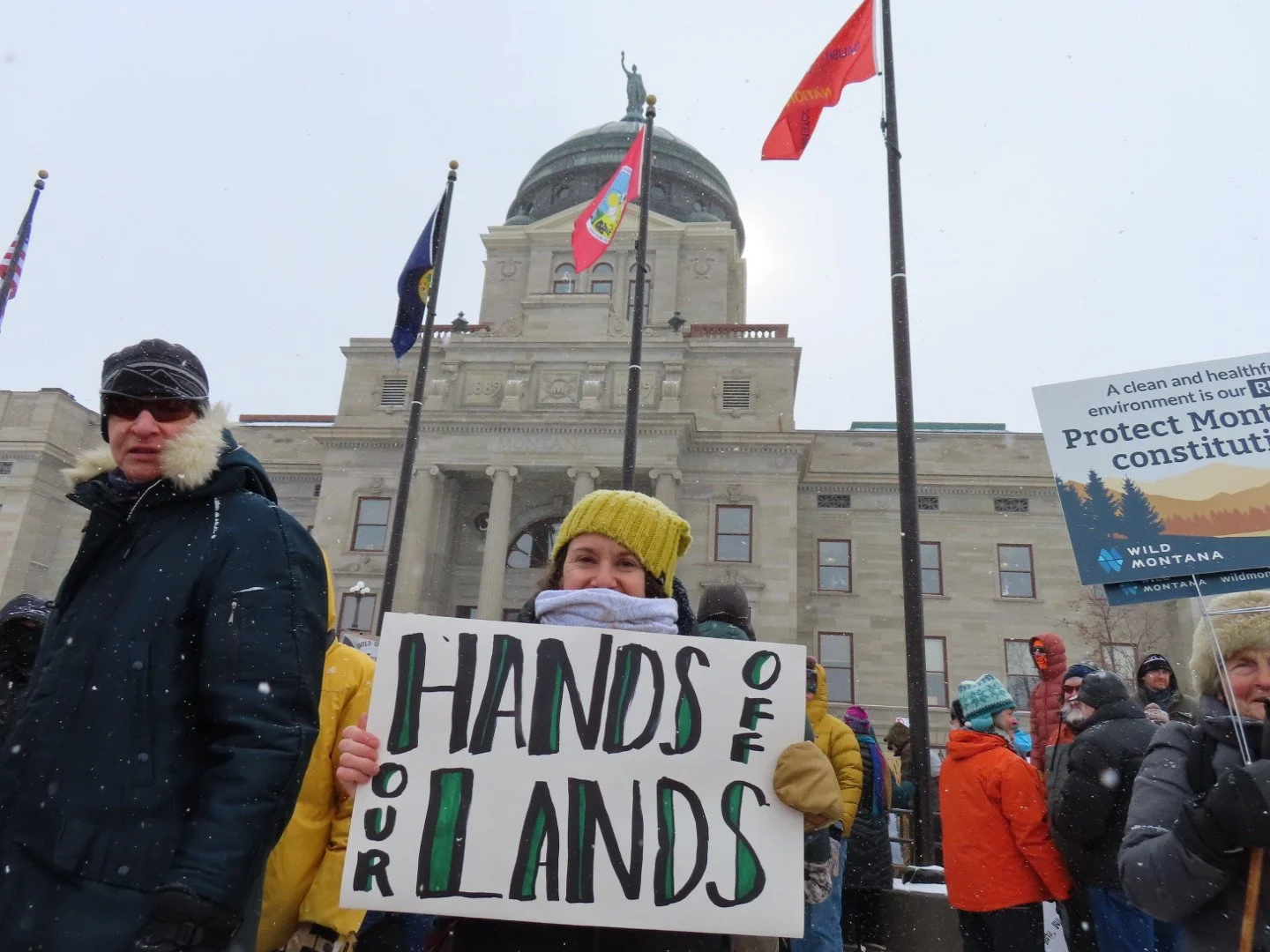Environmental Advocacy: A Practical Guide on How To Get Started
For a long time, I was too intimidated to call myself an “advocate” for the environment because I thought in order to be a true advocate, I needed to be a boisterous political junkie or be someone who ties themselves to a tree in front of a bulldozer to make a statement. Well, let me tell you, I’m neither of those people. I’m a beginner environmental advocate and, right now, I’m okay only doing the things I feel comfortable doing. I’m here to spread some encouragement to anyone who feels intimidated by standing up for their beliefs and the issues they care about.
Sign a Petition or Write to Government Officials:
If you want an easy place to start, check out some of these networks that share information from policy experts about environmental causes along with easy form-filled templates for writing to government officials.
REI Cooperative Action Network: You can browse active campaigns for climate action, outdoor equity and places we love. They provide templates to quickly contact all your elected officials at once.
The Nature Conservancy: Here’s an expansive list of current causes you can support ranging from protecting wildlife to rallying for clean energy. They set a goal for the number of signatures so you can see which causes most urgently need support.
You can check out the full blog post I wrote for more tips: Help Fight Climate Change in Just 5 Minutes
Attend a Rally:
Five years ago, I was not a person who would consider going to a rally of any sort. In my mind, I made up the story that rallies were violent or disruptive. Two years ago, I thought rallies were great! But I told myself “going to rallies aren’t really my thing.” Then this year, I mustered up enough courage to load the bus for my first Public Lands Rally at the Montana State Capitol. Once I arrived, I realized there was nothing rebellious about it. I was surrounded by a huge group of people who – just like me – wanted to protect their rights to use public land. It was empowering; I felt a camaraderie that reminded me I wasn’t alone and I could make a difference.
Stay informed:
Create a list of your favorite reliable news sources and avoid using social media outlets to get your news as it may not always be accurate or fact-checked. Getting insights from a variety of unbiased sources can be helpful, too. Some of my go-to’s are BBC, NPR, Associated Press, and ProPublica. Learn about different climate topics on podcasts, my favorite one is How to Save a Planet.
Support a Nonprofit:
Find nonprofits that work closely with the causes you’re passionate about and find out how you can volunteer or donate. If you don’t know where to start, you can search for causes witn the Charity Navigator search engine and find relevant nonprofits. The best part, Charity Navigator “uses data from the IRS, partners, and the charities themselves to power unbiased ratings” so you can make informed decisions on which nonprofits you support.
Taking action and engaging with causes that are important to you doesn’t have to be intimidating, start with small steps outside of your comfort zone and soon you might even be ready to go to a rally or feel inspired to share your advocacy story with others (like me!). No amount of engagement is too small, give yourself credit for any and every action you take to do good!
I’m Margo! A graphic designer who works with conservation-minded nonprofits and brands on projects like logos & branding, annual reports, maps, and infographics. I work with my clients to create beautiful and meaningful design that amplifies the marketing efforts it takes to ignite action and change. I’d love to hear about your journey in advocacy! Comment with your story.
Want to learn more about what High Mountain Creative does for the environment? Click on the button below 👇🏻

